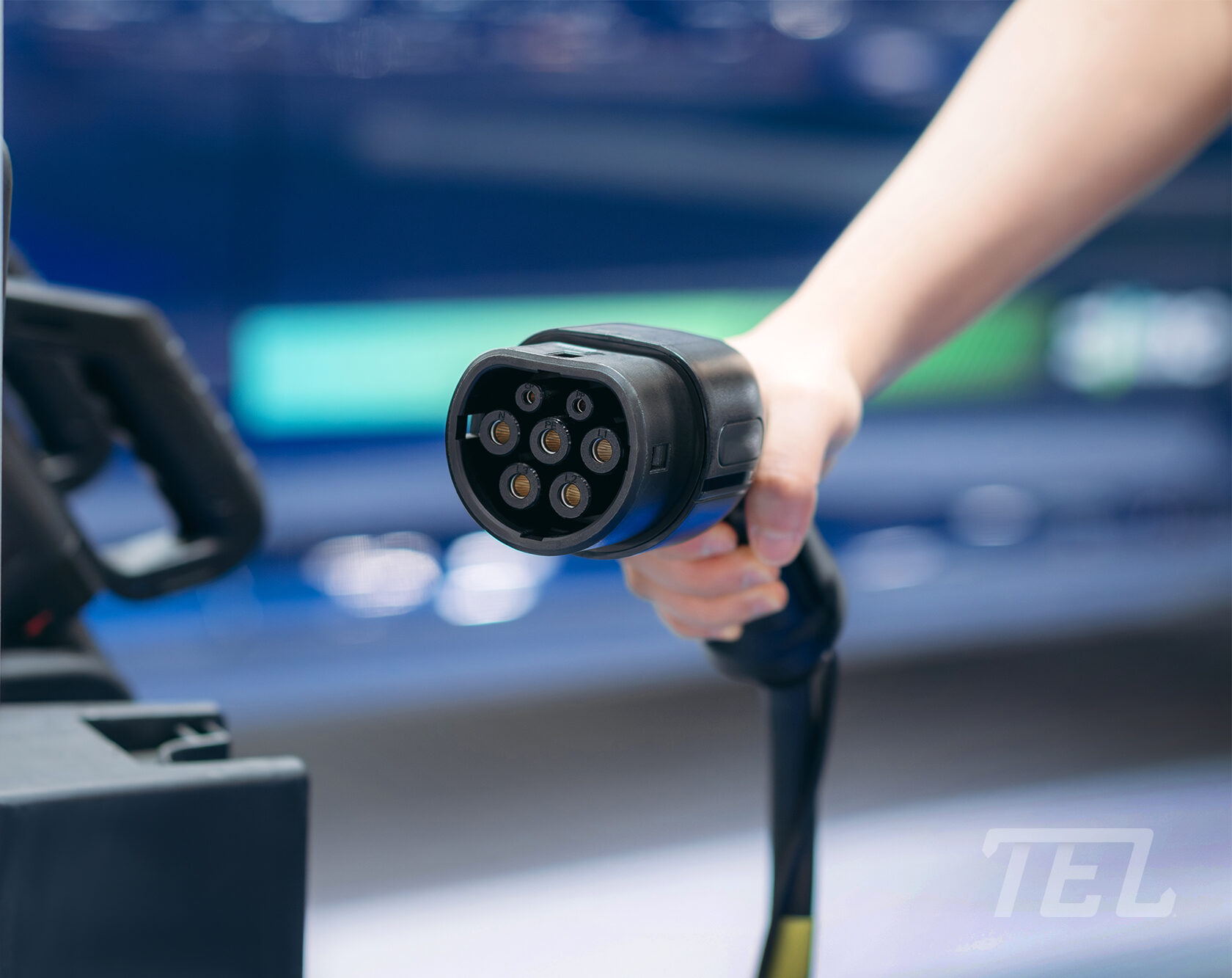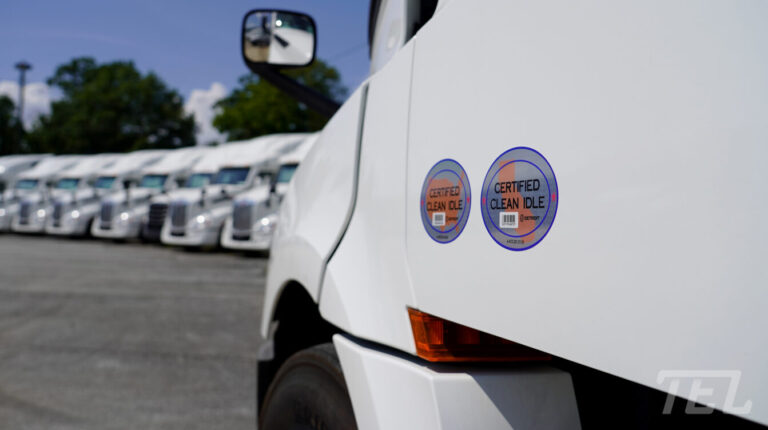The upcoming Environmental Protection Agency (EPA) requirements for heavy-duty trucks are already affecting the planning and purchasing decisions of commercial truck fleets. Gearing up for the new emission standards is proving to be no easy haul for fleet owners. These requirements apply to original equipment manufacturers, not to owners and operators.
“Many trucking companies are considering the way forward and figuring out their fleet plans today. They’re expanding their annual decision making to cover the next three years,” said Jacob Brazier, senior vice president of sales for Transport Enterprise Leasing (TEL).
Manufacturers will certainly step up and meet stricter standards. However, one major concern is the price increase anticipated with the new models. Another concern is reliability. History tells us that new models incorporating new technologies can have reliability issues.
In 2008, some models had reliability issues when meeting the exhaust gas recirculation requirements. Also, in 2010 with the selective catalytic reduction requirements. The issues result in vehicle breakdowns, costly repairs and revenue loss due to downtime for fleets.
In addition to the reliability concerns, there is often confusion over exactly which model years are affected. These new requirements are known collectively as Greenhouse Gas Emissions Standards for Heavy-Duty Vehicles — Phase 3. They set new standards, which target reductions in nitrogen oxide as well as greenhouse gas. The requirements parallel efforts by California and other states to restrict emissions.
 So, how do you best navigate through all of this? Fortunately, TEL, one of the premier truck leasing providers, has put together a report — Fleet Planning for Stricter Emission Standards — with information and actionable advice that fleet owners and owner-operators need now to prepare for the changes.
So, how do you best navigate through all of this? Fortunately, TEL, one of the premier truck leasing providers, has put together a report — Fleet Planning for Stricter Emission Standards — with information and actionable advice that fleet owners and owner-operators need now to prepare for the changes.
The report provides cost estimates on price increases expected with the new models and discusses the higher maintenance expenses anticipated for electric fleets. It also clearly explains what the standards are, and which model years they target.
Highlights of the report include a handy chart summarizing nine action steps for today’s fleet managers. This includes advice on planning and timing vehicle acquisitions for unit replacement and fleet expansion given how the emission standards could affect new models. It also outlines strategies that, historically, have proven helpful in times of transition for the trucking industry: pre-buying, and leasing.
“Pre-buying presents the opportunity to secure a better price point on trucks with proven technology and reliable results while new, unproven technology is tested on the road,” explains John Barber, regional director of business development for TEL.
“Pre-buying presents the opportunity to secure a better price point on trucks with proven technology and reliable results while new, unproven technology is tested on the road,” explains John Barber, regional director of business development for TEL.
Leasing is another attractive option because it helps owners and operators mitigate risks given the uncertainties over future models. In fact, many commercial fleets already use leasing — in times of stability as well as uncertainty — to expand their operations without taking on additional capital.
Get your free copy of Fleet Planning for Stricter Emission Standards.

Linda Garner-Bunch has been with The Trucker since 2020, picking up the reins as managing editor in 2022. Linda has nearly 40 years of experience in the publishing industry, covering topics from the trucking and automotive industry to employment, real estate, home decor, crafts, cooking, weddings, high school sports — you name it, she’s written about it. She is also an experienced photographer, designer and copy editor who has a heartfelt love for the trucking industry, from the driver’s seat to the C-suite.








